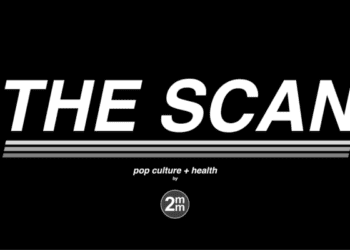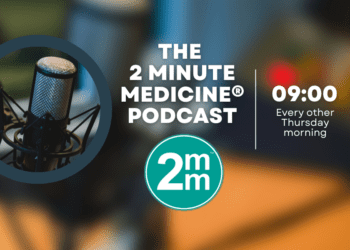Among young adults, marijuana use increased and tobacco use decreased
1. Among college students in the United States from 2002 to 2016, overall marijuana use increased, while rates of tobacco smoking decreased.
2. Among young adults not in college, rates of marijuana and tobacco use were higher for all time points when compared to college-attending young adults, though the former population also experienced the same overall trends in regards to increased marijuana use and decreased smoked tobacco use.
Evidence Rating Level: 2 (Good)
Study Rundown: Since 2012, 10 different states and the District of Columbia have legalized marijuana for persons age 21 and older. While prior research demonstrates an association between tobacco smoking and marijuana use, little research has been done in regards to their association in this setting marijuana’s widespread legalization. In this study, researchers investigated whether rates of marijuana and tobacco use in young adults were related. Dividing the research population into college and non-college attending young adults, results suggested that both young adults in college and not in college demonstrated an increase in exclusive marijuana use from 2002 to 2016. Concurrently, in both populations, exclusive tobacco smoking and dual use decreased during the same time period. Notably, non-college attending young adults had higher substance use for all time points when compared to college-attending young adults, though college young adults had a more rapid increase in marijuana use as well as a more rapid decrease in tobacco use. These findings provide unique, pointed insights into the trends in substance use among young adults today and offers evidence contrary to prior demonstrating a relationship between tobacco and marijuana use.
Click here to read the original article, published today in Pediatrics
Relevant Reading: Marijuana Use Motives and Social Anxiety among Marijuana Using Young Adults
In-Depth [retrospective cohort]: In this study, researchers reviewed data collected from the 2002-2016 National Survey on Drug Use Health, an annual household-based survey for individuals ages 12 and older in the United States. Researchers specifically focused on respondents aged 18 to 22 years, of which 44.5% to 51.2% attended college during the study period. In 2016, the majority of college students were female (53.9%), white (53.6%), and enrolled full-time (80.5%); this distribution remained true throughout the study period. Among college students, exclusive marijuana use increased from 3.6% in 2002 (95%CI 3.0-4.2) to 11.5 in 2016 (95%CI 10.1-12.9). Exclusive tobacco use decreased from 23.5% in 2002 (95%CI 22.0-24.9) to 10.4% in 2016 (95%CI 9.1-11.7). Dual use also decreased during this time, from 14.4% to 8.7%. For non-college attending young adults, the trends remained the same with a higher prevalence of substance use overall; exclusive marijuana use increased from 3.2% in 2002 (95%CI 2.4-3.7) to 8.6% in 2016 (95%CI 7.5-9.6), while exclusive tobacco use (33.6% vs. 17.7%) and dual use (15.7% vs. 13.0%) decreased over the same time period.
Image: PD
©2019 2 Minute Medicine, Inc. All rights reserved. No works may be reproduced without expressed written consent from 2 Minute Medicine, Inc. Inquire about licensing here. No article should be construed as medical advice and is not intended as such by the authors or by 2 Minute Medicine, Inc.

![Active smoking cessation intervention may provide tangible results [Project CLIQ]](https://www.2minutemedicine.com/wp-content/uploads/2014/12/smoking-e1418644951268-350x250.jpg)




